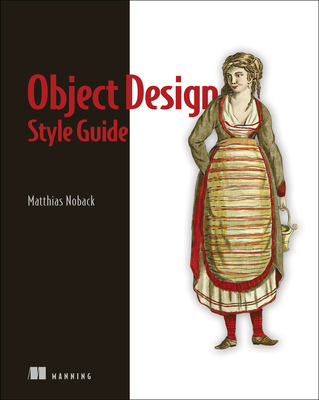相關主題
商品描述
The construction industry operates within a linear economy of make, use, dispose. Buildings are stripped out and torn down with astonishing regularity while new buildings are constructed from hard-won virgin materials. But raw materials are becoming scarce, and the demands for them are exploiting fragile ecosystems, even as the global demand for resources continues to rise.
Policy makers and organisations are beginning to look for a more regenerative, circular economy model. The construction industry demands over half the world’s extracted materials and generates around a third of the total waste generated in the EU, making it a prime candidate for applying the circular economy. Yet there has been little focus on how construction industry professionals and their clients can contribute towards the movement.
Drawing on illustrative methods and examples, Building Revolutions explains how the principles of a circular economy can be applied to the built environment where resources are kept in use and their value retained. The book describes how buildings and materials can be reused or salvaged to extend their life and proposes ways new business models can be applied to reduce capital and lifecycle costs, providing a positive architectural legacy for future generations.
商品描述(中文翻譯)
建築業運作於一個線性經濟體系中,這個體系包括製造、使用和處置。建築物以驚人的頻率被拆除和拆解,而新建築則是由艱難獲得的原材料建造而成。然而,原材料正變得稀缺,對它們的需求正在剝削脆弱的生態系統,即使全球對資源的需求仍在上升。
政策制定者和組織開始尋求更具再生性和循環經濟的模式。建築業需求超過全球一半的開採材料,並產生約三分之一的歐盟總廢物,使其成為應用循環經濟的主要候選者。然而,對於建築業專業人士及其客戶如何為這一運動做出貢獻的關注卻不多。
《建築革命》利用示範方法和範例,解釋了循環經濟的原則如何應用於建成環境,讓資源保持使用並保留其價值。這本書描述了如何重複使用或回收建築物和材料以延長其壽命,並提出了可以應用的新商業模式,以降低資本和生命周期成本,為未來世代提供積極的建築遺產。































